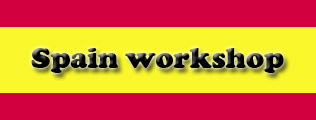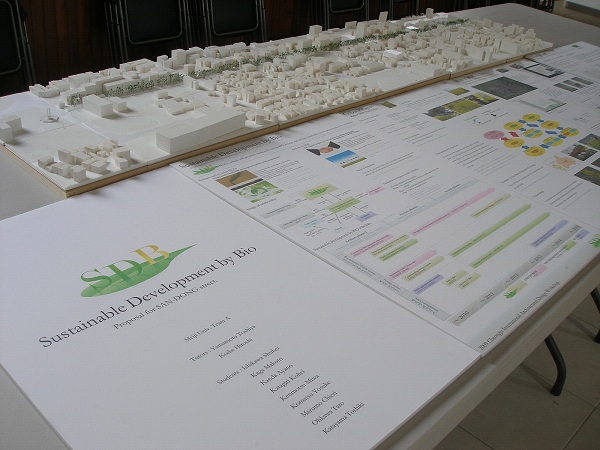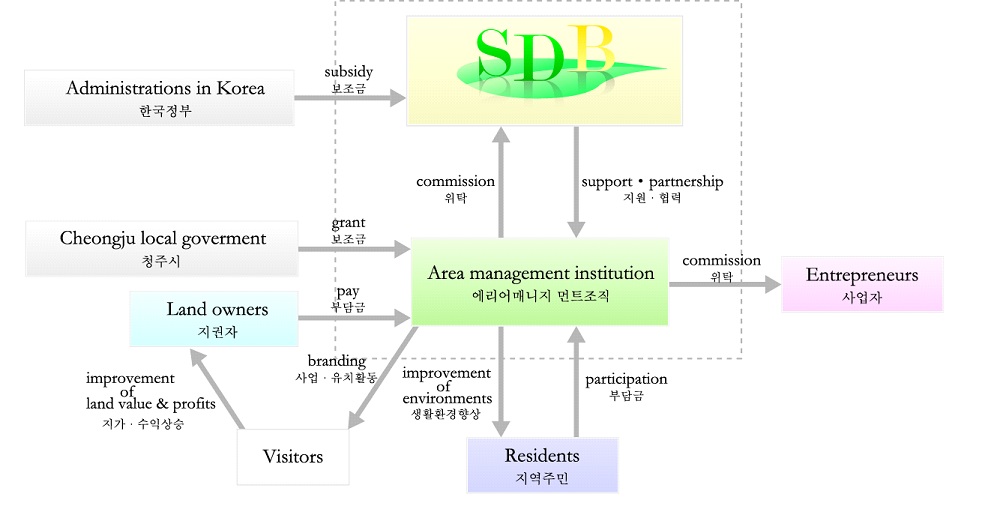Joint Design Workshop Tainan 2010
Outline
From August 5 to 10, 2010, National Cheng Kung University, Nan Hua University (Chiayi, Taiwan) and Meiji University held a Joint Design Workshop at National Cheng Kung University in Tainan City, Taiwan. There were 35 students. Four supervisors (Masami Kobayashi, Akihito Aoi, Hiroshi Koike, Keizo Ikemura) and 20 graduate students from the laboratory of graduate school from Meiji University took part in the design workshop as “Planning Studio 3”. Three students (Takahiko Ito, Tetsuyuki Takaoka, Kaoru Takagi), were joined by Prof Yamamoto as guest commentator on the last day of presentations from the Urban Planning Laboratory.
The workshop theme is “Bridging the Layers - Regeneration of the Temple of Confucius cultural area”. Students from the three universities made up 6 hybrid teams (2 teams for every sub-themes: trail, area and type), who conducted research and made proposals based on it.
The last presentation was held at the National Museum of Taiwanese Literature and commented by Malone Chang, local citizens delegate and architect, Chuang Te Liang, Dept. of Urban Development, Tainan City Government and Prof Chen Shih Ming, Dept. of Architecture, National Cheng Kung University.
The workshop theme is “Bridging the Layers - Regeneration of the Temple of Confucius cultural area”. Students from the three universities made up 6 hybrid teams (2 teams for every sub-themes: trail, area and type), who conducted research and made proposals based on it.
The last presentation was held at the National Museum of Taiwanese Literature and commented by Malone Chang, local citizens delegate and architect, Chuang Te Liang, Dept. of Urban Development, Tainan City Government and Prof Chen Shih Ming, Dept. of Architecture, National Cheng Kung University.
Exercise
Bridging the Layers - Regeneration of the Temple of Confucius cultural area
Tainan City's Temple of Confucius cultural area renewal plan has become a hot issue. The area as a whole makes for a characteristic cultural environment because it bridges different age contexts such as historical architecture (Temple of Confucius, National Museum of Taiwanese Literature, etc.) as well as urban organization and lifestyle. On one hand there are upkeep efforts focused on historical property and maintenance of public spaces; on the other hand, there are problems of visual pollution and decline. Of course, this "Renewal" is not about large-scale redevelopment, land readjustment, road widening and unilateral promotion of tourism, but about carefully redrawing a sustainable future while deciphering the historical formation process and the sightseeing and lifestyle situation.
This subject especially demands rereading urban space form a developmental viewpoint and making concrete designs as a result. We need to decipher the urban organization and the significance of historical property in relation to its periphery, characteristic of public space and drive for concrete proposals concerning public space and urban architecture whit care for a citizen lifestyle, regeneration and sustainability viewpoint that is not based on sightseeing and tourism.
Sub-themes and relevant keywords:
In this workshop, students are expected to present specific physical designs on the basis of reinterpretation of the urban space and life of the area.
subtheme
1) trail: networking the alleys through blocks, micro open spaces, small buildings along the alleys
2) area: re-editing the cultural asset zone, designing complex facilities and open spaces,
3) prototype: proposing the next generation of urban building, outside and inside the blocks
Tainan City's Temple of Confucius cultural area renewal plan has become a hot issue. The area as a whole makes for a characteristic cultural environment because it bridges different age contexts such as historical architecture (Temple of Confucius, National Museum of Taiwanese Literature, etc.) as well as urban organization and lifestyle. On one hand there are upkeep efforts focused on historical property and maintenance of public spaces; on the other hand, there are problems of visual pollution and decline. Of course, this "Renewal" is not about large-scale redevelopment, land readjustment, road widening and unilateral promotion of tourism, but about carefully redrawing a sustainable future while deciphering the historical formation process and the sightseeing and lifestyle situation.
This subject especially demands rereading urban space form a developmental viewpoint and making concrete designs as a result. We need to decipher the urban organization and the significance of historical property in relation to its periphery, characteristic of public space and drive for concrete proposals concerning public space and urban architecture whit care for a citizen lifestyle, regeneration and sustainability viewpoint that is not based on sightseeing and tourism.
Sub-themes and relevant keywords:
In this workshop, students are expected to present specific physical designs on the basis of reinterpretation of the urban space and life of the area.
subtheme
1) trail: networking the alleys through blocks, micro open spaces, small buildings along the alleys
2) area: re-editing the cultural asset zone, designing complex facilities and open spaces,
3) prototype: proposing the next generation of urban building, outside and inside the blocks
Participation university
- National Cheng Kung Univ.:
- Chen Shih Ming
Tseng Hsien Hsien
- Nan Hua Univ.:
- Chen Shih Ming
- Meiji University.:
- Kobayashi・Aoi・Koike
Ikemura・Yamamoto
- Guest critic:
- Malone Chang
- Tainan city Government.:
- Chuang Te Liang









